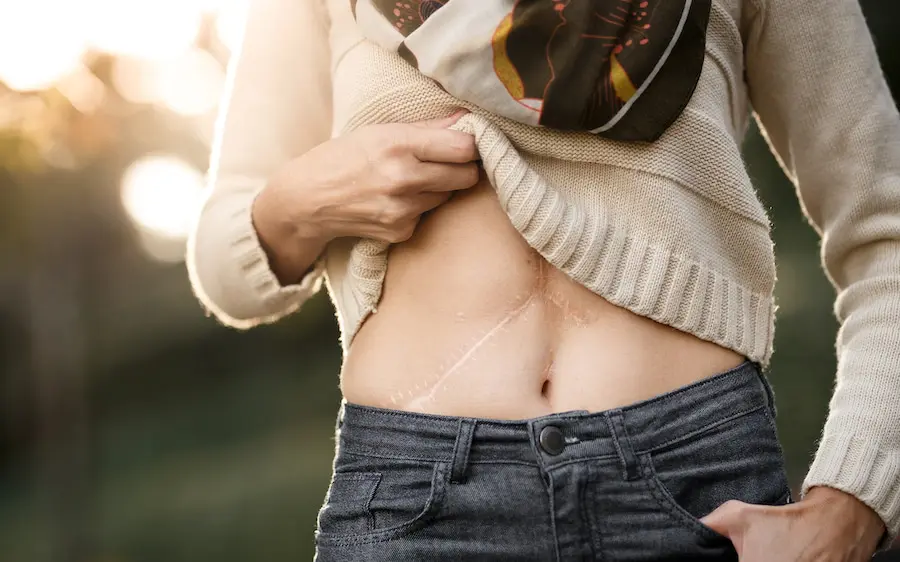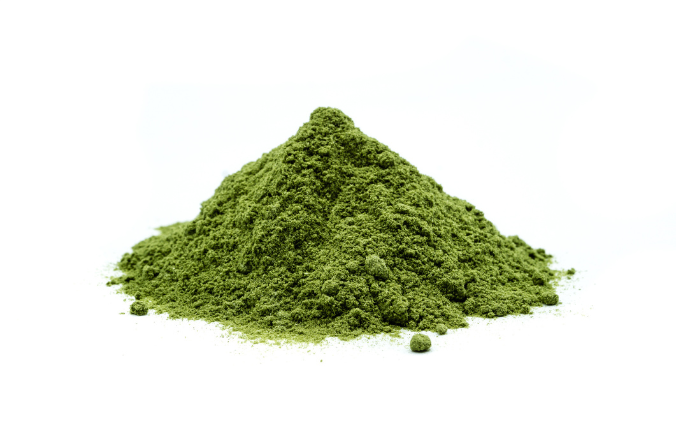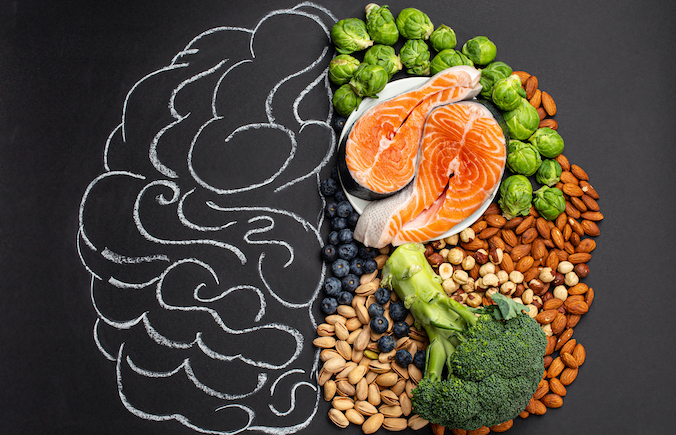What is collagen and why does it play a crucial part in wound healing?

What is collagen?
Collagen takes a vital role in wound healing in the body. It is the most abundant protein in our body, it is the major component of the extra cellular matrix or ECM. Collagen is a triple-helix structure composed of three polypeptide chains wound together. These chains are rich in hydroxyl-proline amino acids.
There are over 20 types of collagen within the human body but the ones that are most important for wound healing are Collagen type I and Collagen type III.
How does collagen play a role in wound healing?
When we injure ourselves a series of wound healing events takes place.
These include:
Platelet accumulation as the blood clots.
Inflammation.
The stimulation of fibroblasts.
Cell contraction allowing the wound to close
Formation of new blood vessels.
Re-epithelialization.
Scar formation.
Wound remodelling.
Collagen plays an important role in each of these phases due to the fact that it influences the migration of cells. It attracts cells such as fibroblasts and keratinocytes to the wound.
This in turn encourages the removal of dead cells, the regeneration of blood vessels and scar formation.
How Platelet accumulation plays an important part
Platelets are a main component of blood. In the incidence of an injury, they help to prevent blood loss through cell adhesion to create a blood clot and stem the flow of blood.
What is the inflammatory phase of a wound?
Immediately on injury the body attempts to deal with the wound by cleansing itself of injured tissue and dirt by using digestive enzymes. Collagen plays a large part in this process and it has been suggested that collagen dressings may be beneficial.
How do fibroblasts and collagen work together to heal wounds?
Fibroblasts are one of the most abundant cell types in the connective tissues. When skin is healthy fibroblasts work to keep tissues in balance but when the skin is injured some fibroblasts take on the role of myofibroblasts.
Fibroblasts work to create traction pulling cells while myofibroblasts cause contraction actively stimulating ECM proteins. These rigid proteins (predominantly Collagen) provide a structure to reduce the size of the wound. The combination of tightening and pulling together can potentially cause the formation of scar tissue (1).
This in turn leads to new epidermal cells and keratinocytes into the wounds to give an organised stratified layer. This layer of skin forms over the wound to form a protective barrier against the external environment and restore normal function.
Scar formation
The biological processes of repairing a wound may create more fibrous tissue which can show as a scar.
Wound remodelling
Remodelling is the final phase of wound healing and it can last over a long period of time and can overlap with the repair phase. This period of remodelling can start as early as 1 week after injury but may continue for many months.






